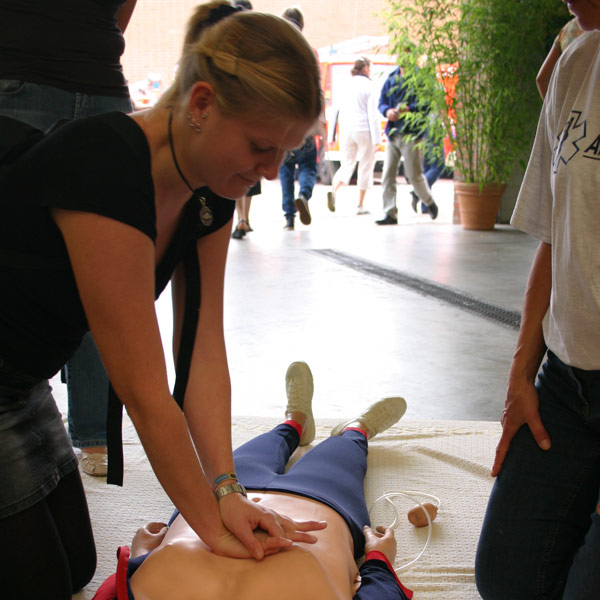
TUESDAY, July 14, 2015 (HealthDay News) — New expert guidelines from two major cardiologists’ groups may boost doctors’ ability to spot patients who should take cholesterol-lowering statin drugs, researchers said.
The updated guidelines were released in 2013 by the American College of Cardiology and the American Heart Association. Now, a new report finds they are more accurate and efficient than earlier guidelines in identifying adults at high risk for heart trouble who could gain from statins.
All of that should add up to lives saved, the researchers said.
“Extrapolating our results to the approximately 10 million U.S. adults who would be newly eligible for statin therapy under the new guidelines, we estimate that between 41,000 and 63,000 cardiovascular events — heart attacks, strokes or deaths from cardiovascular disease — would be prevented over a 10-year period,” lead researcher Dr. Udo Hoffman, a cardiologist at Massachusetts General Hospital in Boston, said in a hospital news release.
The new guidelines are also better at identifying low-risk patients who do not need to take the drugs, his team noted.
The findings are published July 15 in the Journal of the American Medical Association.
The 2013 guidelines replace a former advisory to doctors published in 2004. The new guidelines focus more specifically on the use of statins — drugs such as Crestor, Lipitor and Zocor — to prevent heart disease by lowering “bad” LDL cholesterol.
The updated criteria also broaden prevention efforts to focus on all forms of heart disease.
The researchers compared the two sets of guidelines by analyzing how they might predict the risk of heart events among men aged 35 and older, and among women aged 40 and older — none of whom had any known heart disease in 2002-2005, but whose health was tracked up until 2013.
All of the patients were assigned to repeated CT scans that looked for evidence of increased calcium deposits in their arteries, a sign of heart disease.
“The data from their study suggests that this noninvasive measure is useful for initiating preventive therapy with a statin — lowering the future risk of cardiovascular events and reduce health care expenditures,” said one expert familiar with the report, Dr. Robert Rosenson. He is a professor of medicine and cardiology at the Icahn School of Medicine at Mount Sinai in New York City.
Hoffman’s team believe the newer guidelines will save tens of thousands of lives. They are also expected to boost the number of adults who are eligible to take statins by nearly 13 million, the researchers said. That has raised concerns that statins may be prescribed to people who don’t need them, unnecessarily exposing them to potential risks from the drugs.
The researchers also believe the new guidelines are also better at spotting low-risk patients who do not need to take the drugs.
The new guidelines, “have improved our ability to achieve the precision medicine goal of delivering the right treatments to the right patients,” study co-author Dr. Christopher O’Donnell of the U.S. National Heart, Lung, and Blood Institute, said in the news release.
Dr. David Friedman is chief of heart failure services at North Shore-LIJ’s Franklin Hospital in Valley Stream, N.Y. He believes that a healthy diet, regular exercise, quitting smoking and managing your weight can all help protect the heart. Now, the new study adds evidence to the notion that the “earlier use of preventive statins” may help do the same, he said.
More information
The U.S. National Library of Medicine has more about statins.
Copyright © 2025 HealthDay. All rights reserved.

